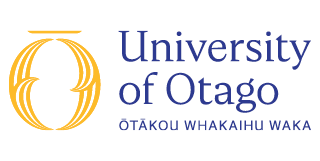Overview
Explores fundamental components of ICT and related issues. Examines the influences and impacts ICT has and may have in the future. Students will apply widely-used software applications to perform real-world business activities.
COMP111 aims to enhance the capacity of students to benefit from information and communication technologies, and various software applications now and in the future.
About this paper
| Paper title | Information and Communications Technology |
|---|---|
| Subject | Computer and Information Science |
| EFTS | 0.15 |
| Points | 18 points |
| Teaching period | Not offered in 2024 (On campus) |
| Domestic Tuition Fees ( NZD ) | $1,173.30 |
| International Tuition Fees | Tuition Fees for international students are elsewhere on this website. |
- Schedule C
- Arts and Music, Commerce, Science
- Eligibility
No particular requirements.
- Contact
Co-ordinator: Dr Sander Zwanenburg
- Teaching staff
Co-ordinator: Dr Sander Zwanenburg
Labs: Gary Burrows- Paper Structure
Three Blackboard tests, two practical tests and a final exam.
- Teaching Arrangements
One 1hr lecture and one 2hr lab per week.
- Textbooks
None. All materials will be available online.
- Course outline
- View the most recent Course Outline
- Graduate Attributes Emphasised
- Global perspective, Interdisciplinary perspective, Lifelong learning, Scholarship, Information literacy, Self-motivation.
View more information about Otago's graduate attributes. - Learning Outcomes
Upon successful completion of this paper you should be able to:
- Identify and describe the fundamental aspects of modern information and communication technologies (ICT);
- Identify and discuss the broader societal issues and emerging trends relating to ICT;
- Apply a number of software applications to solve real-world problems; and
- Apply techniques to represent real-world objects in data structures.
